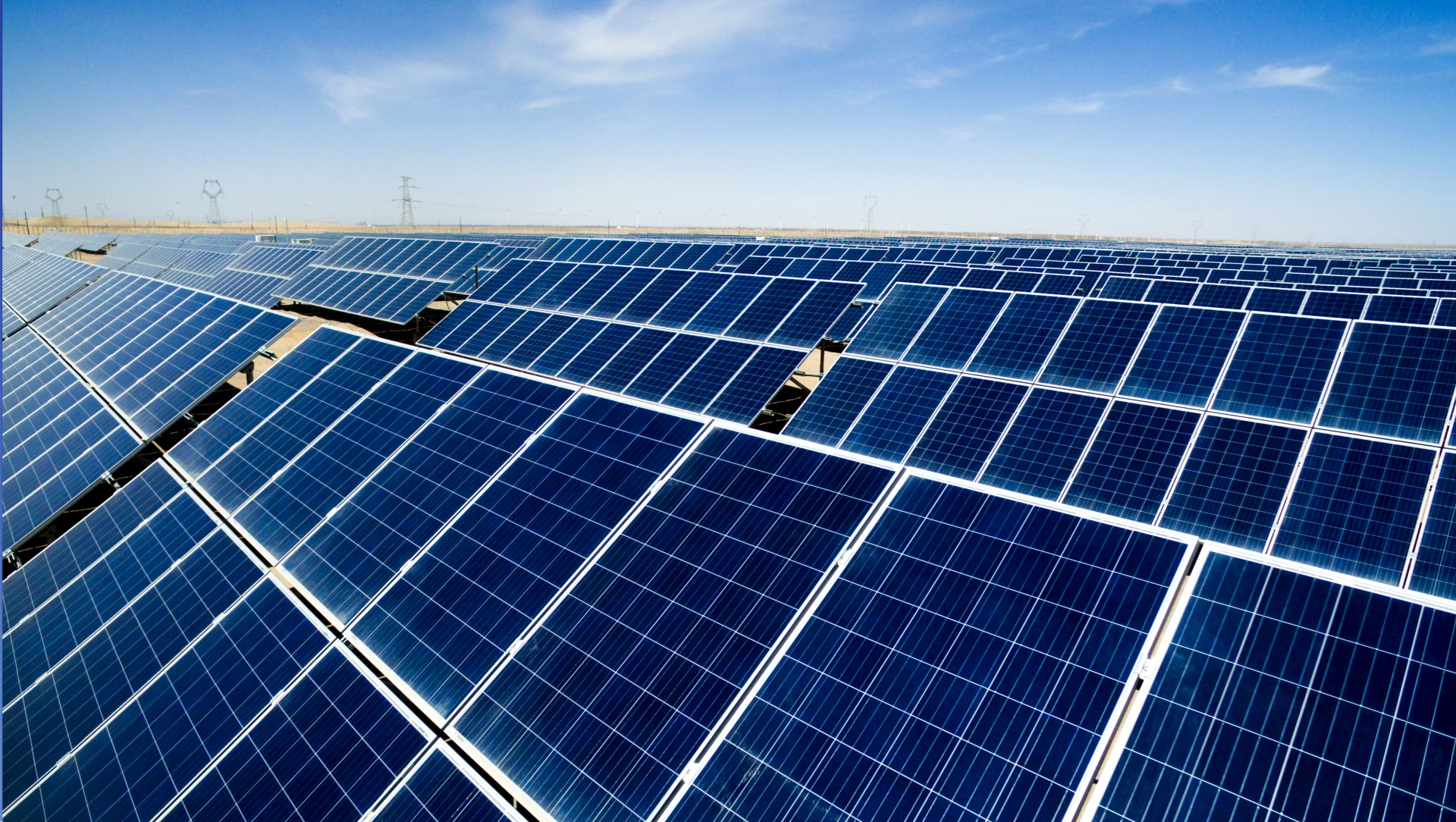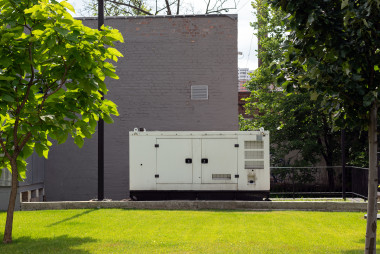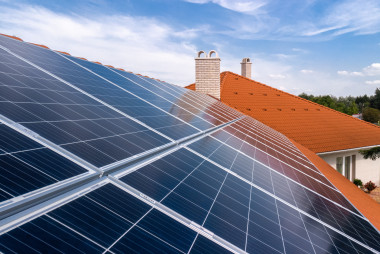SUMMARY
Global political and economic initiatives are driving the demand for alternative power sources. Solar power has been the leader amongst other renewable energy sources and according to IEA will dominate growth in the next five years. With significant economic powers, such as India, China, and the EU, focusing heavily on the expansion of renewable energy, solar power will undoubtedly become one of the primary energy sources of the future.
CHALLENGE
The solar power plant consists of a sophisticated infrastructure working in perfect sync to maximize the potential electricity production. Primary components are solar panels, inverters, solar controllers and transmission or energy storage systems. The performance of solar power plants must be closely monitored to ensure the maximum productivity and availability to make sure that everything is running smoothly and the electricity generation rate is within acceptable values to satisfy project ROI* schedule. Besides, remote monitoring is essential to scheduled maintenance, such as part replacement or solar panel cleaning, required for the power plant to maximize long term performance. Solar power plants are mostly located in remote areas because of the large amount of land area they occupy. Remote location poses a challenge for remote monitoring connectivity because wired Internet sources are rarely available at solar power production plant locations.
*ROI – Return on Investment
SOLUTION
The topology above outlines a simplified classic remote monitoring solution with a cellular connectivity device at its core. The Solar controller is a brain of solar power plant operation and is generally capable of outputting system data via industrial protocols, such as Modbus TCP. Depending on the size of the solar power plant, numerous solar charge controllers are set-up to track electricity generation data from a set of solar panels. The best way to interpret this data is to use a cloud IoT platform where the data is aggregated and presented to the operator with performance metrics and suggested maintenance insights. TRB140 is a popular choice for this use case because of its secure and reliable cellular connectivity via 4G LTE and easy to use user interface, which requires no specialized training. Moreover, TRB140 includes advanced RutOS features, such as multiple VPN services, industrial, networking, & remote management protocols (Modbus TCP, MQTT and more.).
TOPOLOGY
BENEFITS
- Easy to scale – you can configure infinite number of TRB140 in minutes using Teltonika Remote Management System (RMS).
- Low-power – TRB140 uses only 2W of power when transferring data at maximum speeds and only 0.4 W when idle with an active data connection.
- Easy management – with Teltonika RMS you can keep all TRBs up to date with the newest firmware and conveniently monitor and control the gateways from anywhere – even without Public IP!
- Industrial design – TRB140 has a strong aluminium casing, wide range of supported power supply voltage (9-30 VDC) and a wide operating temperature range of -40°C to 75°C making it an ideal choice even in most challenging environments.
WHY TELTONIKA NETWORKS?
Teltonika Networks continuously focus on developing critical-mission connectivity hardware that is secure, reliable and easy to use. TRB140 is a simple yet powerful cellular gateway embedded with our experience and is capable of addressing all connectivity challenges in solar energy generation projects.
Rekomenduojamas gaminys
TRB1404G/LTE (Cat 4), 3G, 2G
Maži išmatavimai, lengva instaliacija
Suderinamas su pramoniniais DNP3 ir Modbus komunikacijos protokolais
Suderinamas su „Teltonika Networks“ nuotolinio valdymo sistema










